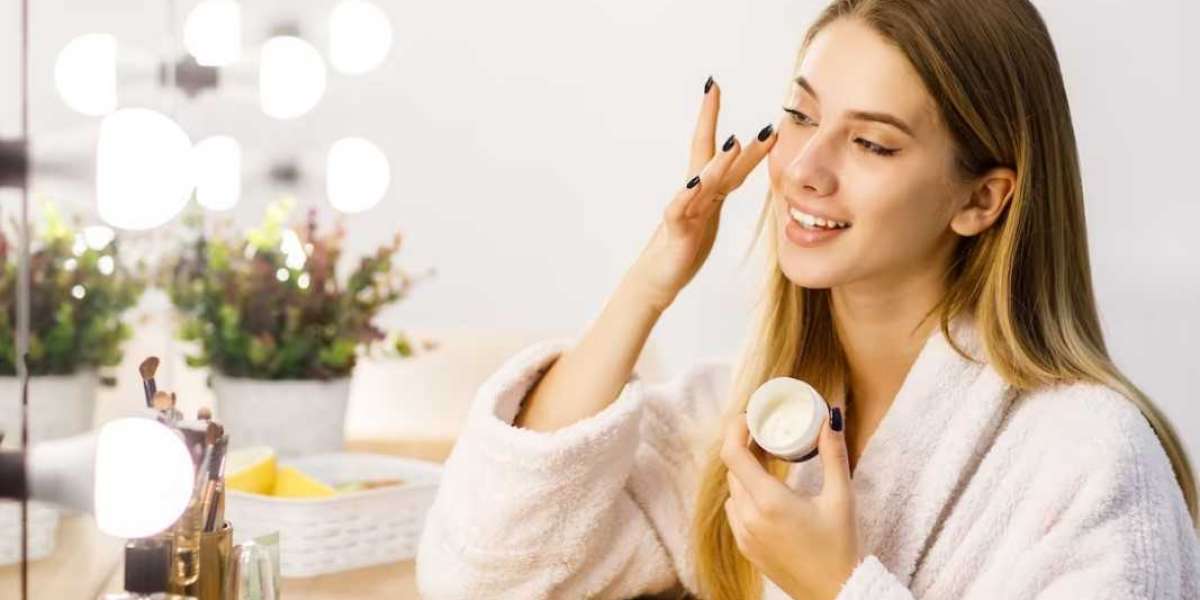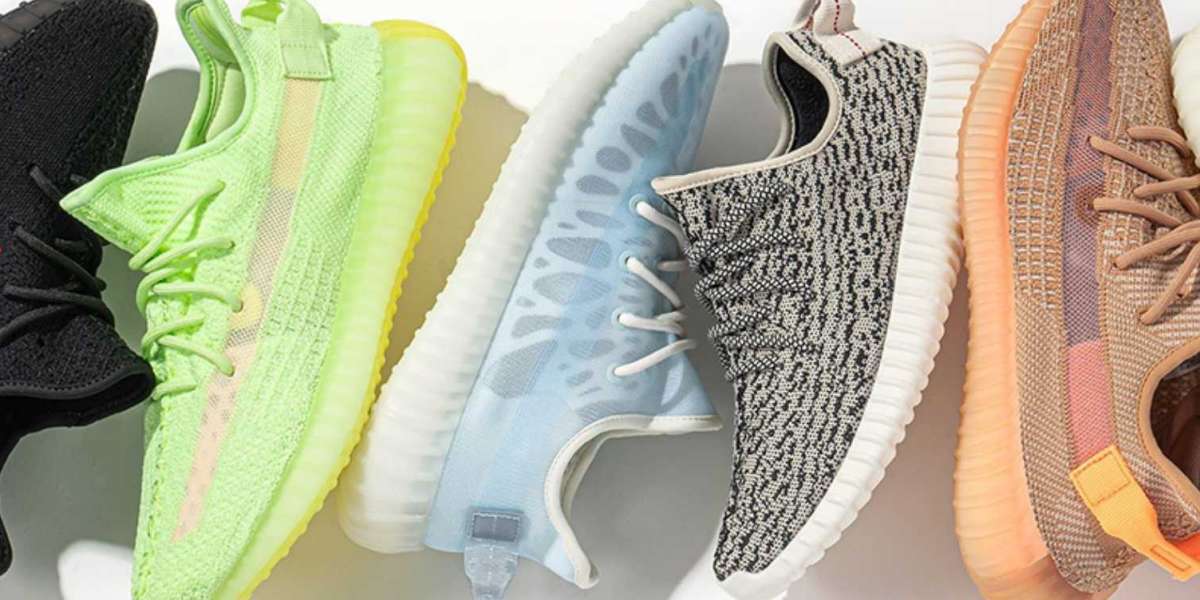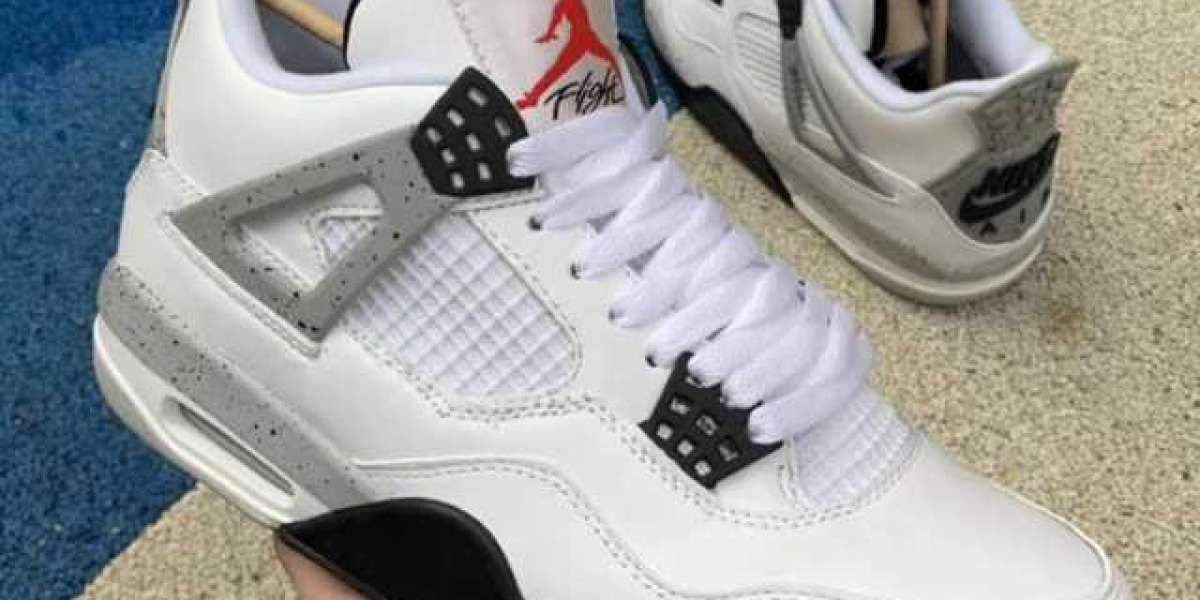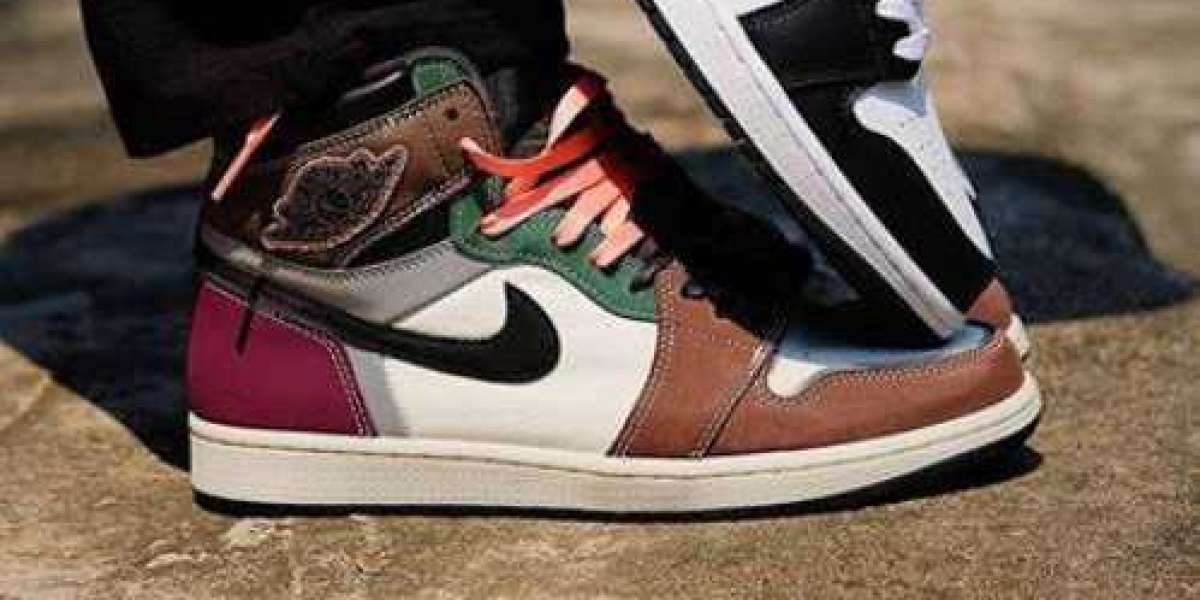Start with Skincare:
- A clean, moisturized canvas is essential for flawless makeup application. Establish a skincare routine that addresses your skin concerns and keeps your complexion healthy.
Use Primer:
- Apply a makeup primer to create a smooth base and extend the wear of your makeup. Choose a primer that addresses your specific skin concerns, whether it's pore-minimizing, hydrating, or color-correcting.
Blend, Blend, Blend:
- Blend your makeup products seamlessly to avoid harsh lines and achieve a natural finish. Use makeup brushes, sponges, or your fingertips to blend foundation, concealer, eyeshadow, and blush.
Less is More:
- Build your makeup gradually, adding thin layers of product as needed. It's easier to add more makeup than to remove excess product, so start with a light hand and layer for intensity.
Match Your Foundation:
- Find the right shade and formula of foundation for your skin type and tone. Test foundation on your jawline and blend it in natural light to ensure a perfect match.
Set Your Makeup:
- Set your makeup with a translucent setting powder to increase longevity and reduce shine. Focus on areas prone to oiliness, such as the T-zone, and use a light hand to avoid a cakey finish.
Highlight Strategically:
- Apply highlighter to the high points of your face, such as the tops of your cheekbones, brow bone, and cupid's bow, to add dimension and luminosity. Avoid applying highlighter to areas with texture or large pores.
Invest in Quality Tools:
- Quality makeup brushes and tools can make a significant difference in your makeup application. Invest in a set of essential brushes for foundation, eyeshadow, and blending to achieve professional results.
Experiment with Color:
- Don't be afraid to experiment with color and different makeup looks. Play with eyeshadow palettes, lipsticks, and blush shades to discover what suits you best and expresses your personal style.
Practice Makes Perfect:
- Like any skill, practice is key to mastering makeup application. Take the time to experiment with different techniques, watch tutorials, and practice regularly to improve your skills and confidence.
By following these top tips, you can enhance your makeup application skills and achieve stunning results every time you apply makeup. Remember to have fun and embrace your unique beauty!
Prime Strategically:
- Apply a silicone-based primer to smooth out imperfections, fill in pores, and create a velvety base for makeup. Use a mattifying primer on the T-zone to control oil production and prolong makeup wear in oily areas.
Choose the Right Tools:
- Use high-quality makeup brushes and tools made from synthetic or natural fibers to ensure precise application and seamless blending. Opt for a damp makeup sponge to achieve an airbrushed finish with liquid or cream products.
Color Correct:
- Use color-correcting concealers to neutralize specific skin concerns before applying foundation. Green concealer cancels out redness, peach concealer counteracts dark circles, and lavender concealer brightens dullness or sallowness.
Foundation Application Technique:
- Apply foundation in thin, even layers using a stippling brush, flat foundation brush, or damp sponge for sheer to medium coverage. Start from the center of the face and blend outwards towards the hairline and jawline for a seamless finish.
Conceal Strategically:
- Use a creamy, full-coverage concealer that matches your skin tone to camouflage blemishes, dark circles, and hyperpigmentation. Apply with precision using a small concealer brush and blend seamlessly into the surrounding skin.
Set Your Base:
- Set your foundation and concealer with a finely milled translucent setting powder to prevent creasing and lock makeup in place. Use a tapered powder brush to press the powder onto the skin, focusing on areas prone to shine.
Contour and Highlight Technique:
- Contour the hollows of the cheeks, temples, and jawline with a cool-toned contour powder or cream using an angled contour brush. Apply highlighter to the high points of the face, such as the cheekbones and brow bone, with a fan brush for a subtle glow.
Eyeshadow Application:
- Apply eyeshadow primer to the eyelids to enhance color payoff and prevent creasing. Use a combination of matte, satin, and shimmer eyeshadows to create depth and dimension, blending seamlessly with a tapered blending brush.
Precision Eyeliner and Mascara:
- Use a waterproof gel or liquid eyeliner to create precise lines along the upper lash line, extending into a wing if desired. Apply several coats of lengthening and volumizing mascara to the upper and lower lashes, wiggling the wand from root to tip for maximum definition.
Blush Placement:
- Apply blush to the apples of the cheeks using a fluffy blush brush, blending upwards towards the temples for a lifted effect. Choose a blush shade that complements your skin tone and overall makeup look.
Lip Definition and Color:
- Define the lips with a lip liner that matches your natural lip color or chosen lipstick shade to prevent feathering and define the lip shape. Fill in the lips with lipstick using a lip brush or directly from the bullet for precise application.
Finishing Touches:
- Set your makeup with a hydrating or mattifying setting spray to lock in makeup and ensure long-lasting wear. Hold the setting spray bottle 8-10 inches away from the face and mist in a circular motion for even distribution.
By implementing these technical tips, you can elevate your makeup application skills and achieve professional-looking results for any occasion.








